After making several films of my own for five years, I can definitely confirm the biggest challenge of making a movie is the constant doubt that your audience will understand your vision. I am not the only one to have this fear, however. This is a worry common among all young, upcoming filmmakers, including teens, who are still struggling to figure out what makes them stand out amongst the competition.
The good news is there are ways to combat these doubts. Remembering your inspirations for becoming a filmmaker is probably the best way. This can be anything from a family member’s story to a certain place out in nature that inspired you. But the one thing that almost all filmmakers, young or old, can benefit from is being inspired from other movies. Whether it’s the story behind the making of that film or the lessons and themes it teaches, movies can inspire us in many ways and can breathe life into filmmakers who feel down on their luck.
With that, let’s take a look at which of these films truly stand the test of time.
5. Plan 9 From Outer Space (1959)
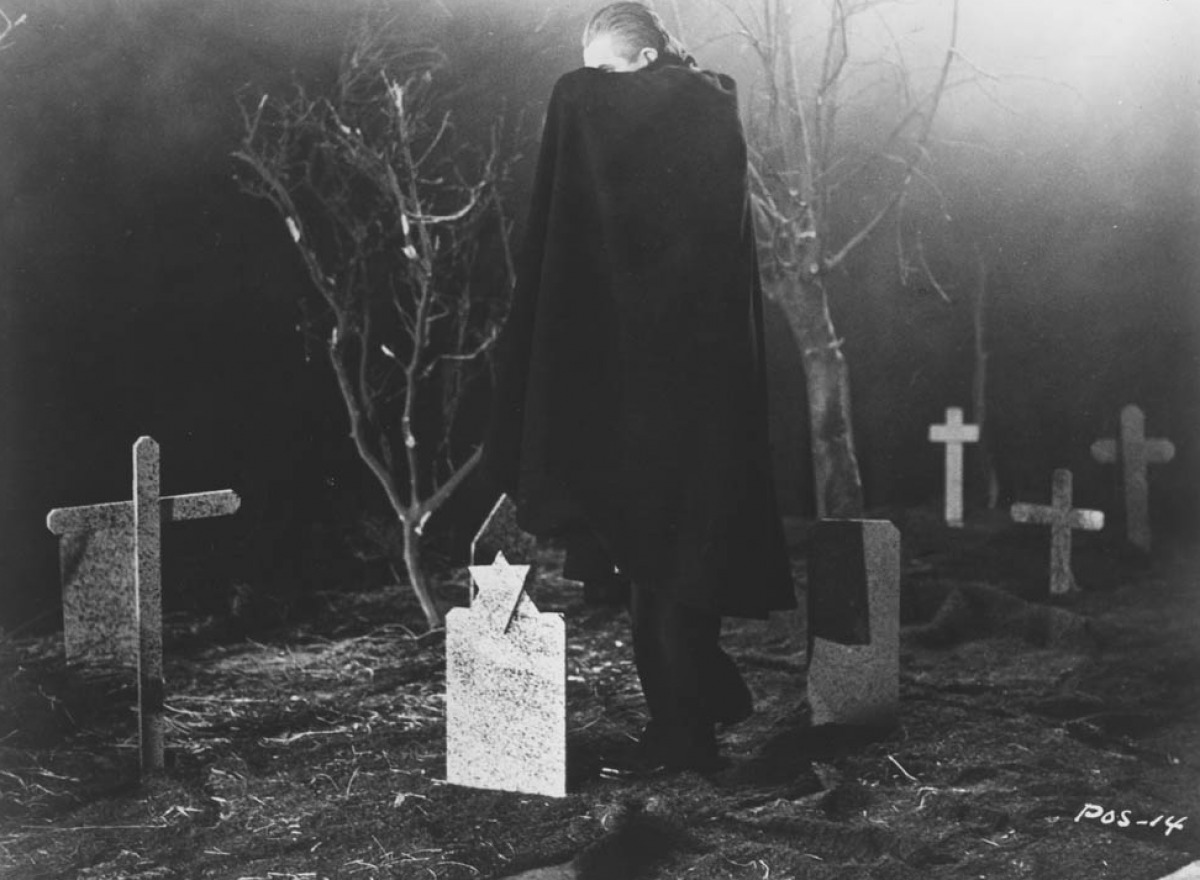 If someone told you an epic science fiction horror movie existed about aliens who bring “Dracula,” a 400-pound giant, and a super sexy horror TV hostess back from the dead as zombies to march upon the earth and take over the world, you’d probably think it’d be awesome. But you may not envision a film with UFOs made out of pie tins held by fishing wire, cardboard tombstones that constantly tip over, laughably silly dialogue, acting that can range from stale to completely over-the-top, and obvious stock footage that never seems to fit in. In 1959, however, that’s just what the world got when Edward D. Wood Jr., the infamous director and writer of some of the worst movies of all time, released his “masterpiece,” “Plan 9 from Outer Space.”
If someone told you an epic science fiction horror movie existed about aliens who bring “Dracula,” a 400-pound giant, and a super sexy horror TV hostess back from the dead as zombies to march upon the earth and take over the world, you’d probably think it’d be awesome. But you may not envision a film with UFOs made out of pie tins held by fishing wire, cardboard tombstones that constantly tip over, laughably silly dialogue, acting that can range from stale to completely over-the-top, and obvious stock footage that never seems to fit in. In 1959, however, that’s just what the world got when Edward D. Wood Jr., the infamous director and writer of some of the worst movies of all time, released his “masterpiece,” “Plan 9 from Outer Space.”
Voted by the Golden Turkey Awards in 1980 as the Worst Movie of all time (along with Wood being voted as Worst Director), one may be wondering why anyone would consider this mess of a movie to be inspirational. Well, in addition to the film’s high level of entertainment from the noticeable errors in almost every scene, “Plan 9” helps teach any filmmaker how not to make a movie, which is just as important a lesson as on how to make one.
The film, completely shot in less than a week, is obviously rushed. One can learn the importance of being realistic with ideas and resources, as well as taking the time to make sure every shot is just the way they envisioned it. While Wood may be more praised today for his ambition to at least make his ideas come to the screen, it won’t change the fact that his movies definitely could’ve used work.
4. NIGHT OF THE LIVING DEAD (1968)
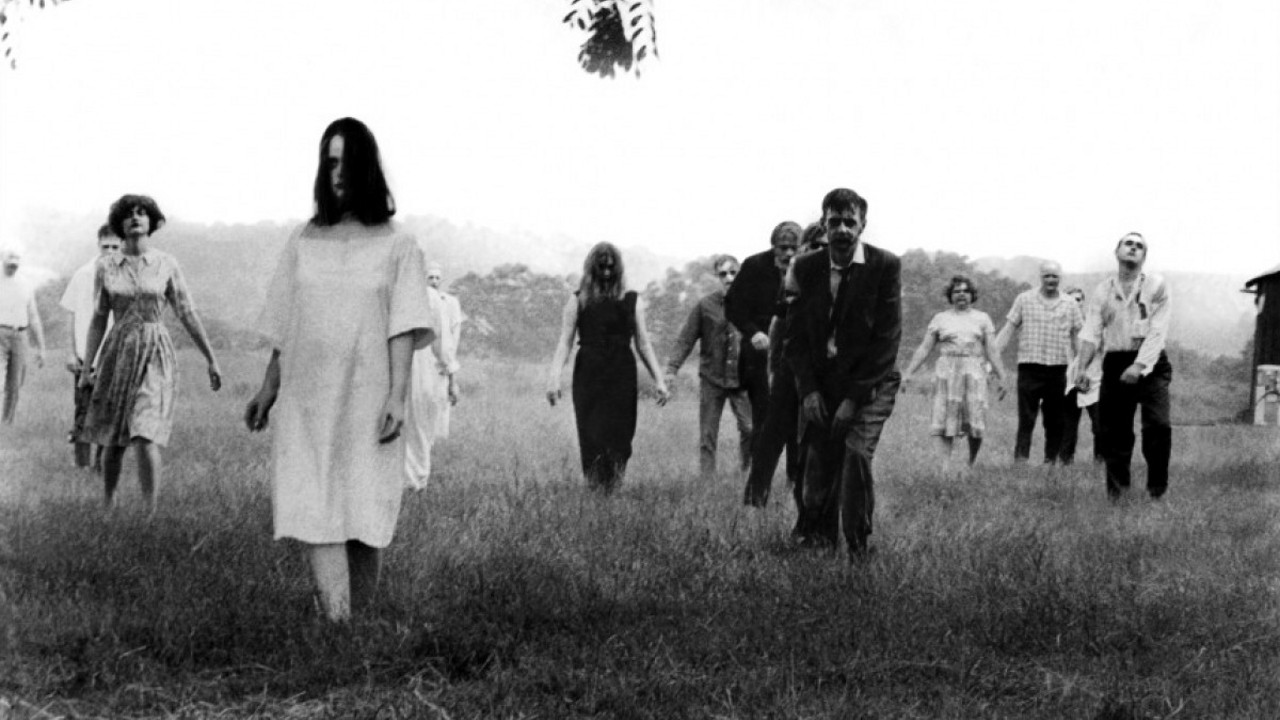 On the other end of the horror movie spectrum, we have the 1968 indie masterpiece, “Night of the Living Dead.” The film, directed and co-written by George A. Romero, follows the story of a group of strangers trapped in a farm house who must learn to work together when an army of the man-eating living dead invades the U.S. Regarded as one of horror cinema’s most influential offerings for being the first film to create the image of the modern-day zombie, “Night” still stands out as one of the best examples of how to do horror right. When watching the film, one may be surprised that most of the chills don’t come from obnoxious jump scares, loud noises or blood-splattered imagery, but rather from building proper suspense and tension — and containing a gritty tone throughout that makes what happens feel all too real.
On the other end of the horror movie spectrum, we have the 1968 indie masterpiece, “Night of the Living Dead.” The film, directed and co-written by George A. Romero, follows the story of a group of strangers trapped in a farm house who must learn to work together when an army of the man-eating living dead invades the U.S. Regarded as one of horror cinema’s most influential offerings for being the first film to create the image of the modern-day zombie, “Night” still stands out as one of the best examples of how to do horror right. When watching the film, one may be surprised that most of the chills don’t come from obnoxious jump scares, loud noises or blood-splattered imagery, but rather from building proper suspense and tension — and containing a gritty tone throughout that makes what happens feel all too real.
However, the film’s best quality is its way of making its human characters human. They’re not indestructible, badass heroes; they’re people who can be afraid and have feelings. There is also a sense of distrust throughout the film as our characters are not sure if plans will work or ideas were thought out all the way through. There is no central hero or villain — simply people trying to survive. But instead of working together, their arrogance gets in the way and becomes their worst enemy. It makes for strong social commentary and even stronger horror. For filmmakers interested in this kind of genre, this film is the perfect example on how to make the most of small budgets and how strong characters, a strong tone, and clever writing and direction are what should always come before chills and thrills.
3. RESERVOIR DOGS (1992)
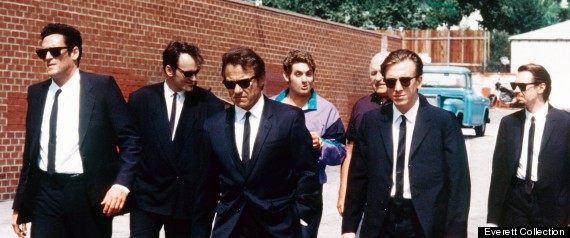 Making a list of influential films of almost any kind without including at least one entry from Quentin Tarantino is a crime worthy of getting our ears sliced off. The directorial debut of this director and writer behind some of the most influential films of all time including “Pulp Fiction” (1994), “Kill Bill” (2003-04), “Inglourious Basterds” (2009), and “Django Unchained” (2012), “Reservoir Dogs” follows a group of criminals who, after pulling off an unseen diamond heist, begin to suspect a snitch within the group who called the police on them during the crime. From there, we are treated to an engaging non-linear story that follows the events leading up to the heist. One of Tarantino’s strongest use of executing a story, “Dogs” was made on a relatively small budget of about $1.2 million, so it couldn’t rely on big actors, crazy special effects or flashy locales to draw in its audience. Instead, the film mainly relies on a sharp screenplay (also written by Tarantino) that stays snappy, engaging and darkly comedic — and which turned out some of cinema’s most quotable dialogue to date.
Making a list of influential films of almost any kind without including at least one entry from Quentin Tarantino is a crime worthy of getting our ears sliced off. The directorial debut of this director and writer behind some of the most influential films of all time including “Pulp Fiction” (1994), “Kill Bill” (2003-04), “Inglourious Basterds” (2009), and “Django Unchained” (2012), “Reservoir Dogs” follows a group of criminals who, after pulling off an unseen diamond heist, begin to suspect a snitch within the group who called the police on them during the crime. From there, we are treated to an engaging non-linear story that follows the events leading up to the heist. One of Tarantino’s strongest use of executing a story, “Dogs” was made on a relatively small budget of about $1.2 million, so it couldn’t rely on big actors, crazy special effects or flashy locales to draw in its audience. Instead, the film mainly relies on a sharp screenplay (also written by Tarantino) that stays snappy, engaging and darkly comedic — and which turned out some of cinema’s most quotable dialogue to date.
Undeniably its strongest element, young filmmakers can take a lot from the writing in this film. When reading the screenplay from this or any Tarantino film, you can see a natural blend of writing and direction working in harmony, with notes made about the ways the actors deliver their lines and move about, and the way the camera is positioned and scattered throughout it. Adding these directorial hints and cues to your script, along with good actors, can ultimately help bring your script to life, which is great when your film is limited in budget and locations.
2. KING KONG (1933)
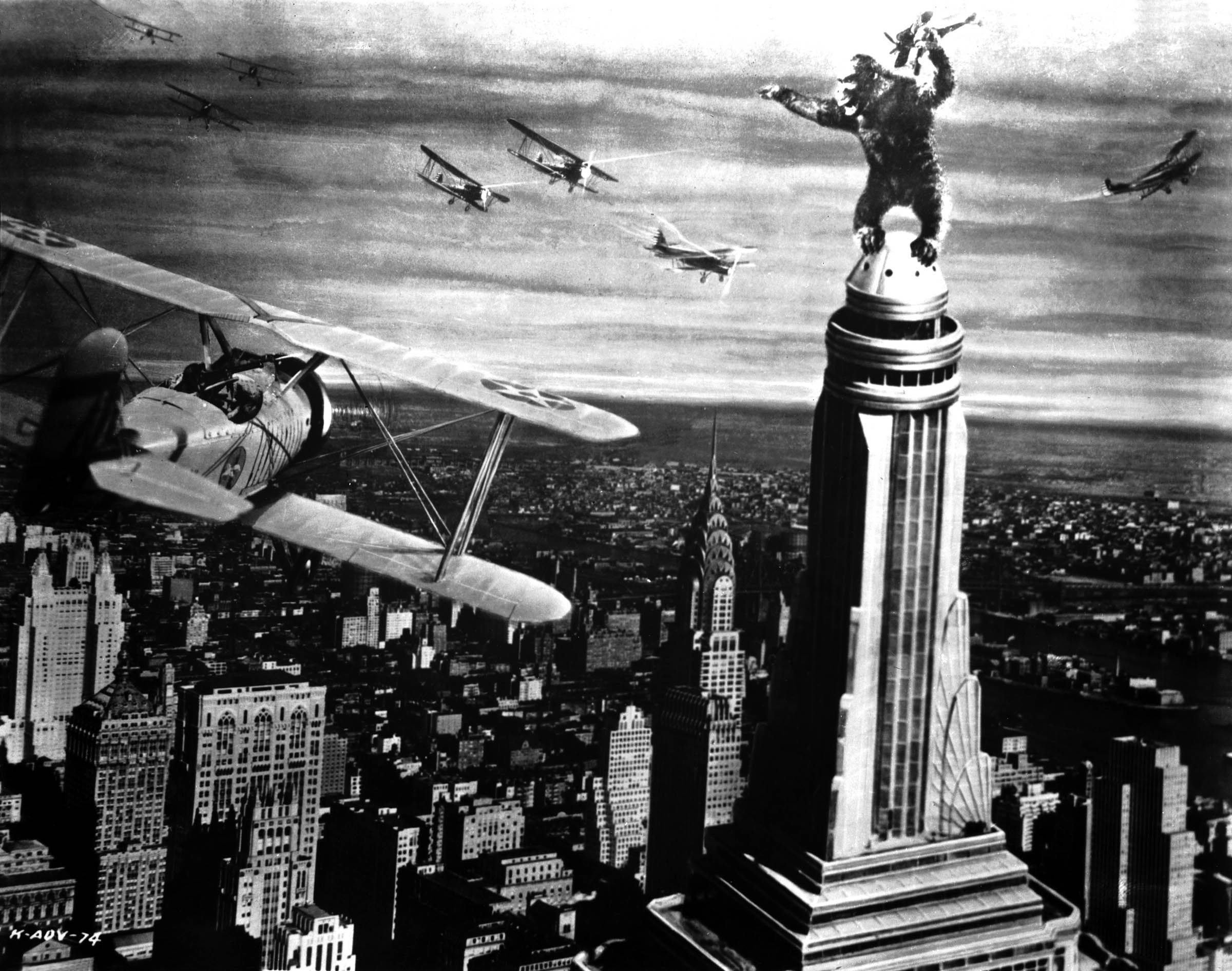 Personally, there is no other film out there that has inspired me more to be a storyteller and creator than the original 1933 classic, “King Kong.” The story follows a film director who plans to make a movie on a remote, uncharted island and brings along a film crew and a young actress named Ann Darrow. The natives on the island find the actress to be the perfect sacrifice for their legendary god, a gigantic ape known as Kong, and later go about capturing and presenting her to him. The monster ends up falling in love with her and takes her into the jungle, where he protects her from the various dinosaurs and other prehistoric beasts that inhabit the island. Later, the film crew rescues Ann and captures Kong to put him on exhibit in New York City, only to have the ape escape from his chains and attack the city, ending in an epic finale on the Empire State Building.
Personally, there is no other film out there that has inspired me more to be a storyteller and creator than the original 1933 classic, “King Kong.” The story follows a film director who plans to make a movie on a remote, uncharted island and brings along a film crew and a young actress named Ann Darrow. The natives on the island find the actress to be the perfect sacrifice for their legendary god, a gigantic ape known as Kong, and later go about capturing and presenting her to him. The monster ends up falling in love with her and takes her into the jungle, where he protects her from the various dinosaurs and other prehistoric beasts that inhabit the island. Later, the film crew rescues Ann and captures Kong to put him on exhibit in New York City, only to have the ape escape from his chains and attack the city, ending in an epic finale on the Empire State Building.
Bursting with imagination, wonder and pure awe, “King Kong” is famous for its ability to inspire many artists, as many of some of today’s most critically acclaimed filmmakers, including Peter Jackson, Steven Spielberg and John Landis. And with a compelling story that fleshes out powerful themes and a curious tale of beauty and beast, coupled with a groundbreaking score and special effects, as well as some noteworthy performances, it is no wonder it has held such a strong influence for so long. “King Kong” has an almost magical quality to it that makes anyone feel the need to create. Sometimes that can be enough to make someone feel inspired to make movies.
- ED WOOD (1994)
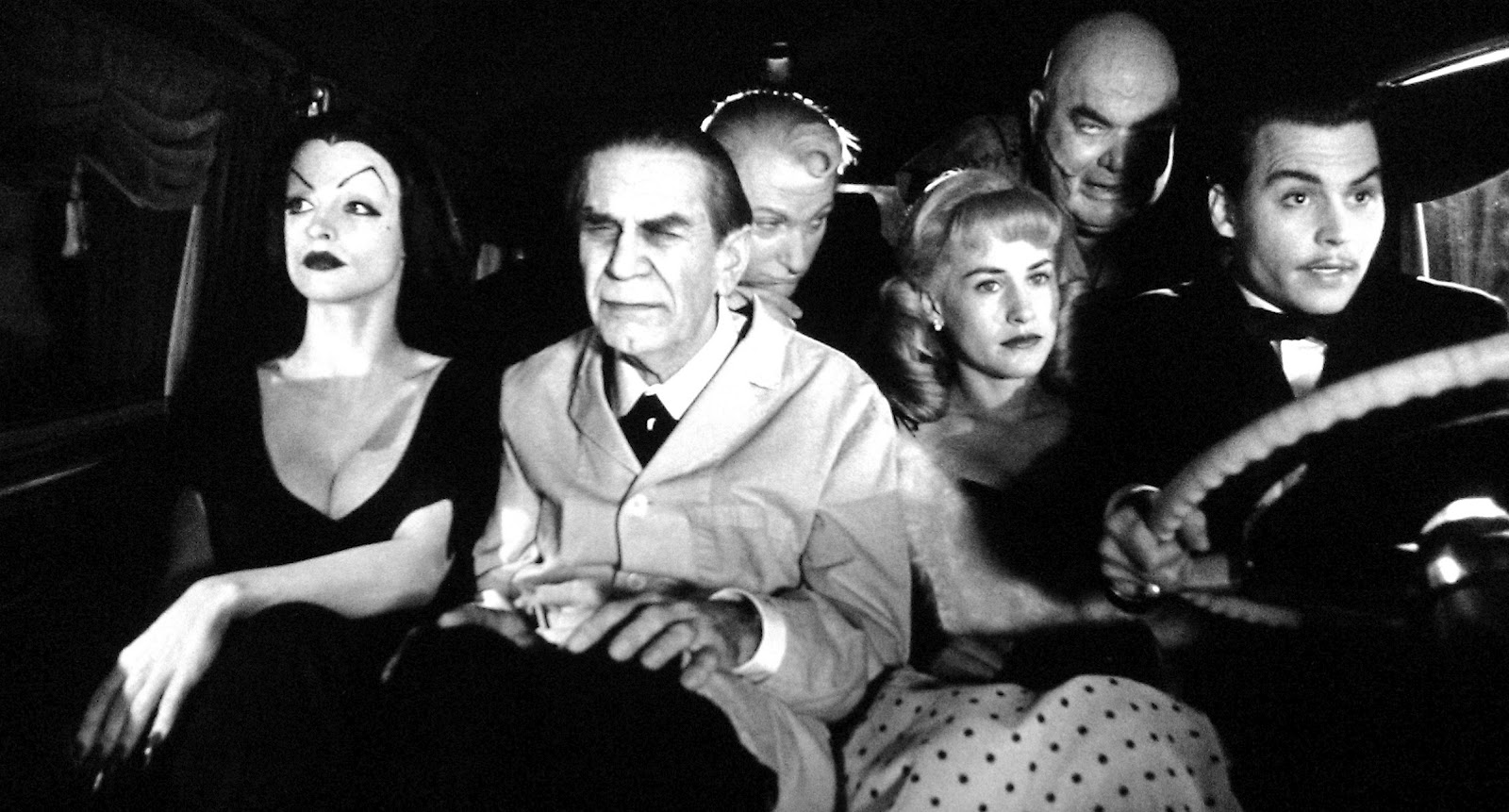 Director Tim Burton’s foray into a biographical film “Ed Wood” tells the inspirational story of the previously mentioned Edward D. Wood Jr. (played here by Johnny Depp), the infamous director behind some of the worst movies of all time and his ventures into moviemaking. We also get an in-depth look into Wood’s friendships and romantic life. We are introduced to many of the wild characters that inhabited his life, including the 400-pound wrestler Tor Johnson, the eccentric television fortune teller Kriswell, and the sympathetic yet hilarious famed horror actor Bela Lugosi.
Director Tim Burton’s foray into a biographical film “Ed Wood” tells the inspirational story of the previously mentioned Edward D. Wood Jr. (played here by Johnny Depp), the infamous director behind some of the worst movies of all time and his ventures into moviemaking. We also get an in-depth look into Wood’s friendships and romantic life. We are introduced to many of the wild characters that inhabited his life, including the 400-pound wrestler Tor Johnson, the eccentric television fortune teller Kriswell, and the sympathetic yet hilarious famed horror actor Bela Lugosi.
There are truly not enough great things to say about “Ed Wood.” From the quirky direction to the stellar performances to the side-splitting comedy to its theme that anyone has the potential to create great things, it is hard to not absolutely love this movie. Ironically, by making a film about the worst filmmaker of all time, Tim Burton created one of the greatest movies about making movies. Most of us can relate to Wood’s love for movies and telling stories, and his determination to make his dream projects is both funny and inspiring. Anyone who wants to make movies, art or anything in this world, but feels they may not be on the right path, must, must see “Ed Wood.”
Mikael Trench, 18, is a rising freshman at the Savannah College of Art and Design (SCAD). He is an aspiring filmmaker who specializes in working with stop motion animation. His latest short film, “The Tree That Refused To Fall,” can be found here.
From movies and other forms of art to news, sports, health and more — click here to tell VOX what we should cover in the 2016-17 year! (You could be entered into a drawing for an iPad or gift card.)



